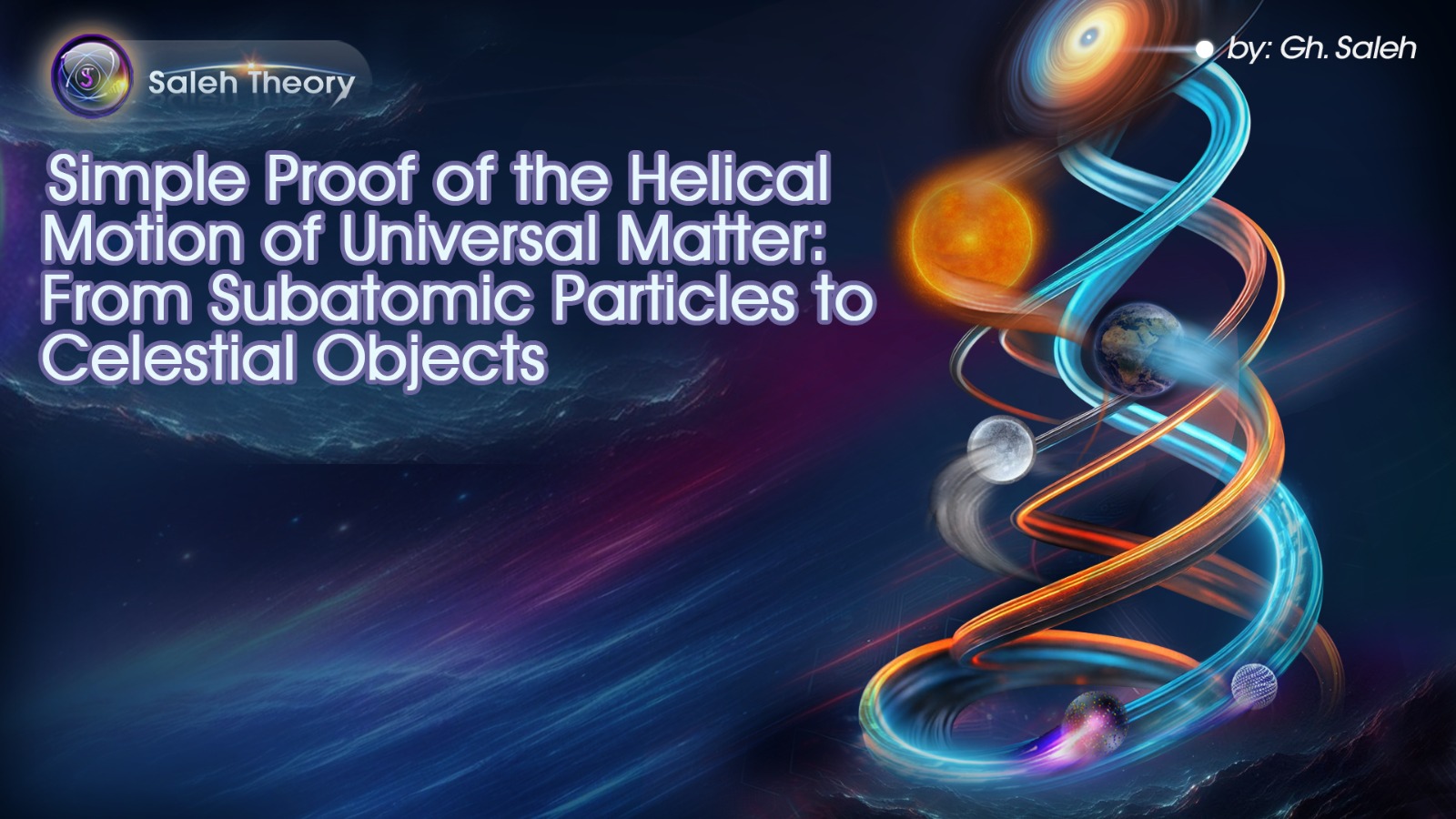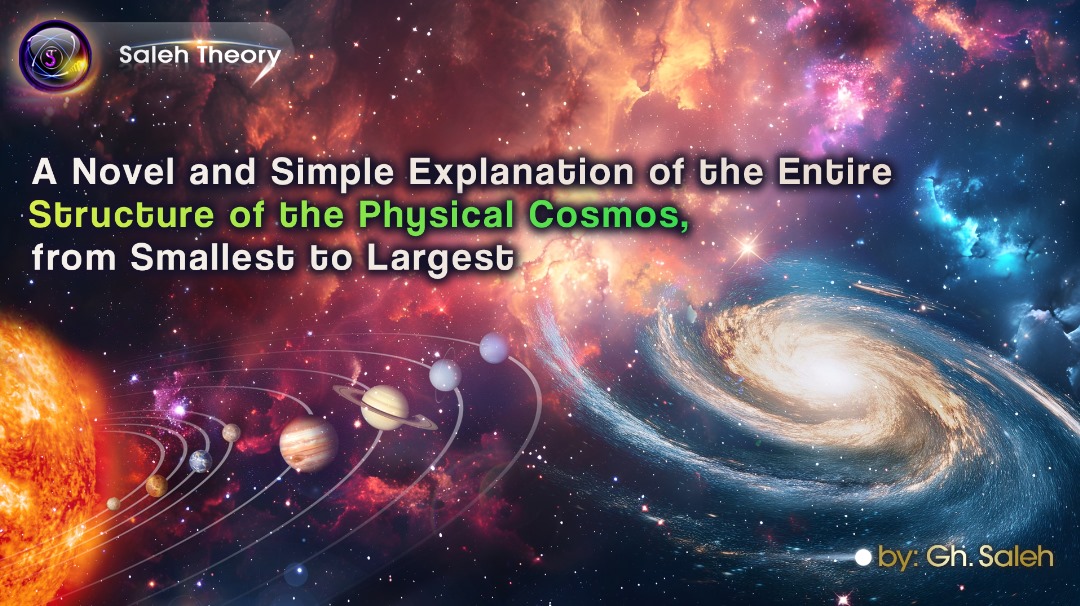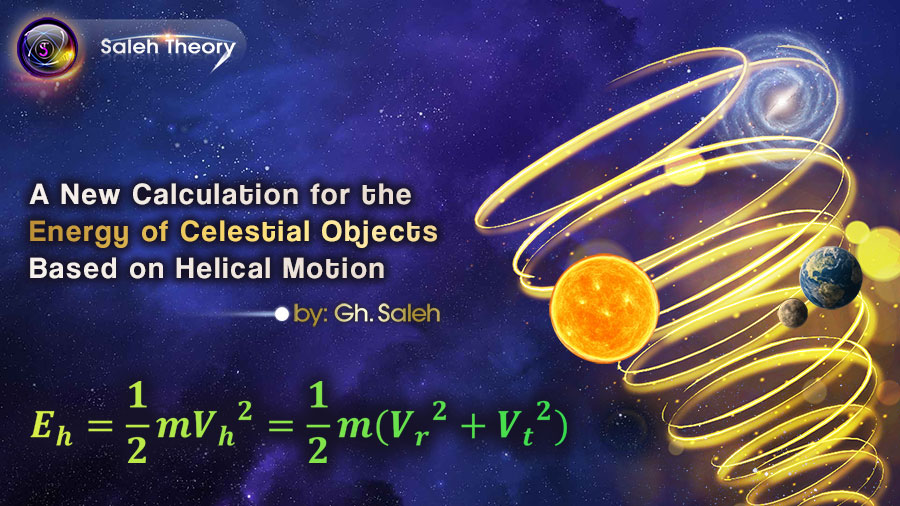
Simple Proof of the Helical Motion of Universal Matter: From Subatomic Particles to Celestial Objects
Considering the Moon, without the need for complex derivation or proof, we can observe that the Moon orbits the Earth every night. The Earth, in turn, revolves around the Sun. If one were to plot the Moon's path concurrently with the Earth's movement, it is straightforward to demonstrate that as the Moon orbits the Earth, it is necessarily also orbiting the Sun.
In the Solar System, the Moon's orbital motion around the Earth is compounded with the Earth's translational motion around the Sun. These two combined create a trajectory that is simultaneously orbital and translatory. Consequently, the Moon’s path is not merely circular but rather helical.
Simply put, the Moon orbits the Earth, and due to the Earth's translational movement around the Sun, this motion combines with the Earth's path and creates a helical path with a spiral form. Therefore, to depict the true path of the Moon, it must be considered a helical motion.
Note:
Generally, if a celestial object possesses n simultaneous paths of motion (such as the Moon orbiting the Earth, the Sun, and subsequently the galactic centre), one can deduce n-1 helical motions. For example, if we consider the Milky Way:
The Earth orbits the Sun, and the Sun is traversing in a curved orbit around the Galactic Centre of the Milky Way.
Therefore, the Earth has two motions:
1. Orbital motion around the Sun.
2. Orbital motion around the Galactic Centre (co-moving with the Sun).
As a result, the overall trajectory of the Earth will be a helical path.
Similarly, if we analyse the Moon’s path, the Moon undergoes three motions:
1. Orbital motion around the Earth.
2. Orbital motion around the Sun (co-moving with the Earth).
3. Orbital motion around the Galactic Centre (co-moving with the Sun).
Thus, the Moon's trajectory can be described as comprising two helical motions.
Now, considering the motion of the Milky Way Galaxy itself, since the galaxy is a subset of a galaxy cluster, and clusters are contained within superclusters, it follows that the Milky Way galaxy is moving along the curved paths of the cluster and, in turn, the supercluster. Consequently, the overall trajectory of the Milky Way galaxy will also be helical.
On the other hand, there is more than one motion in subatomic particles too. For example, an electron orbiting the nucleus simultaneously has spin motion, or rotation around its own axis. Therefore, a photon emitted from this electron will also move with helical motion. In fact, one could say that all celestial objects, from the smallest (subatomic particles) to the largest (galaxies), all have helical motion.
References:
[1] Einstein, Albert, and Nathan Rosen. "The particle problem in the general theory of relativity." Physical Review 48.1 (1935): 73.
[2] Oks, E. "Stable conic-helical orbits of planets around binary stars: analytical results." The Astrophysical Journal 804.2 (2015): 106.
[3] Saleh, Gh. "A New Explanation for the Helical Motion of Celestial Objects (Moons, Planets, Stars, Galaxies, etc.) in Relation to the Einstein-Rosen Wormhole Theory in the Universe." Saleh Theory, 20 Sep. 2025, https://saleh-theory.com/article/a-new-explanation-for-the-helical-motion-of-celestial-objects-moons-planets-stars-galaxies-etc-in-relation-to-the-einstein-rosen-wormhole-theory-in-the-universe
[4] Saleh, Gh. "The Principle of Helical Motion from the Smallest Particle (Photon) to the Largest (Galaxies)." Saleh Theory, 14 Sep. 2025 , https://saleh-theory.com/article/the-principle-of-helical-motion-from-the-smallest-particle-photon-to-the-largest-galaxies
[5] Saleh, Gh. "A New Explanation for the Helical Motion of Galaxies Based on a Hubble Telescope Image (Observer's View) in the Universe." Saleh Theory, 01 Sep. 2025, https://saleh-theory.com/article/a-new-explanation-for-the-helical-motion-of-galaxies-based-on-a-hubble-telescope-image-observers-view-in-the-universe
[6] Saleh, Gh. "10 Identical Characteristics in the Motion of Objects, From the Smallest (Photons) to the Largest (Galaxies)." Saleh Theory, 12 Jul. 2025, https://saleh-theory.com/article/10-identical-characteristics-in-the-motion-of-objects-from-the-smallest-photons-to-the-largest-galaxies
[9] Saleh, Gh. "A New Explanation for the Repeating Nested Helical Path of Motion from the Smallest Particles of Existence, Photons, to Moons, Planets, Stars, Galaxies, etc.!." Saleh Theory, 15 Jul. 2023, https://saleh-theory.com/article/a-new-explanation-for-the-repeating-nested-helical-path-of-motion-from-the-smallest-particles-of-existence-photons-to-moons-planets-stars-galaxies-etc
[10] Saleh, Gh. "The Principle of Complex Helical Motion, From Photon to Planets, Stars, Galaxies, … in the Universe." Saleh Theory, 13 May 2023, https://saleh-theory.com/article/the-principle-of-complex-helical-motion-from-photon-to-planets-stars-galaxies-in-the-universe
 Download PDF
Download PDF 

